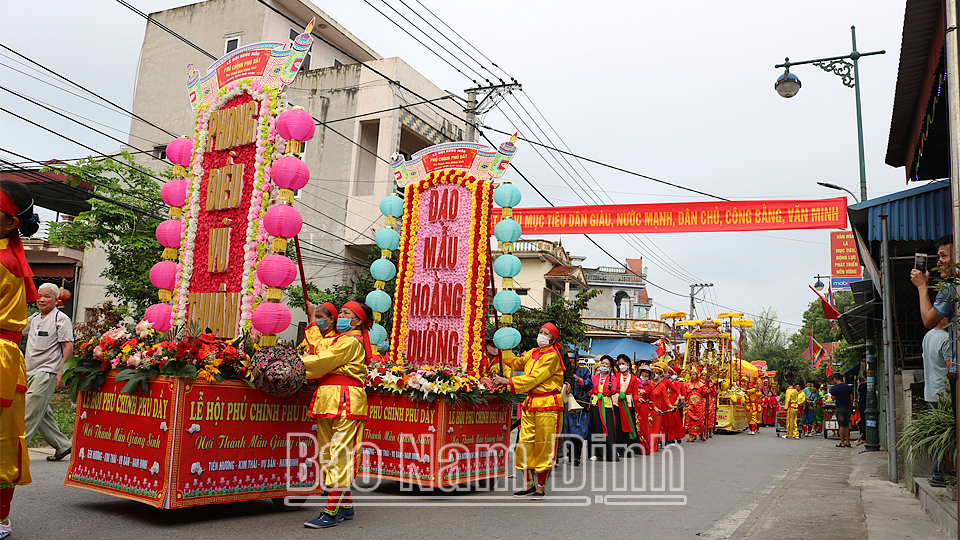 |
| The ritual of carrying the Mother Goddess to receive the scriptures in the Phu Day Festival in 2025. |
Meritorious Artisan Tran Thi Hue, Head of Tien Huong Temple, President of the Association for the Protection and Promotion of the Heritage of "Practicing the worship of the Three Palaces of the Vietnamese Mother Goddess" in Nam Dinh province, said: "From a primitive belief, to the 15th-16th century, with the influence of Taoism and the appearance of the legend of the Holy Mother Lieu Hanh, the integration of culture and the royal temple model has brought together the entire system of worshiping the Mother Goddess (Goddess) of the Vietnamese people into a unified entity to form the worship of the Three/Four Palaces of the Mother Goddess. In which, in many palaces and temples, the Holy Mother Lieu Hanh is honored as the main deity. The Three Palaces refer to 3 regions: Heavenly Palace, Earthly Palace and Water Palace. Accordingly, the concept of the yin-yang universe is divided into 3 regions: the Heavenly region called Thuong Thien corresponding to the red color; the Earthly region called Dia Phu corresponding to the yellow color; the Water region called Thoai Phu corresponding to the white color. In the worship of the Four Palaces of the Mother Goddess, in addition to the above 3 regions, there is also the Mountainous Forest region called The music palace corresponds to the color blue. Each region is headed by a Holy Mother. In the temple of the Vietnamese Mother Goddess worship of the Three Palaces, there are also historical or legendary figures who have contributed to the people and the country and are honored by the community.
Phu Day is a place where unique tangible and intangible cultural values converge; in which, "Phu Day Festival" and "Cầu văn Ritual of the Vietnamese" have been included in the List of National Intangible Cultural Heritage by the Ministry of Culture, Sports and Tourism . In particular, "Practice of the Vietnamese Mother Goddess Worship" has been recognized by UNESCO in the List of Representative Intangible Cultural Heritage of Humanity. Phu Day Festival associated with Mother Goddess Worship is a traditional festival, a social practice created by the community to meet the needs of the people's spiritual and cultural life, preserved, inherited and developed by generations of people.
The basic practices of the Mother Goddess Worship of the Three Palaces are the Chau Van ritual and festivals. The Phu Day Festival is held from the 3rd to the 8th of the 3rd lunar month every year (the 3rd is the main memorial day of the Mother Goddess Lieu Hanh) in the sacred space of more than 20 temples, communal houses, pagodas, shrines, mausoleums of the system of relics related to the Mother Goddess worship in the locality; in which the center of the festival activities is Tien Huong Palace, Van Cat Palace, Mau Mau Mau Mau - 3 relics that have been ranked by the State as national historical and cultural relics. The cultural subjects practicing in the Phu Day Festival include the community of Kim Thai commune, believers, followers, disciples, fellow Mother Goddess followers and a large number of tourists from all over the world.
Phu Day Festival integrates many historical and cultural values of Mother Goddess worship and folk culture of the rice-growing agricultural residents in the Northern Delta. During the festival, there are many unique rituals and cultural activities organized to attract the participation of all classes of people, many social components, especially followers of Mother Goddess worship and Buddhism. This reflects the harmony between beliefs and religions, creating a "string" connecting the community, guiding people towards the humanistic values of "truth - goodness - beauty". Over many generations, those traditional values have been cultivated, crystallized, converged and spread widely throughout the regions of the country, Phu Day has become an attractive spiritual tourist destination for domestic and international visitors.
In the Phu Day festival, the Chau Van ritual (spirit mediumship), Hoa Truong Hoi (character arrangement festival), torch-dragon procession and Mau Thinh Kinh procession are the most typical features of the practice of Mother Goddess worship. The Chau Van ritual of the Vietnamese people developed strongly in Nam Dinh from the 17th century, then spread to neighboring provinces such as Ha Nam, Thai Binh, Ninh Binh and many localities across the country. The Chau Van ritual takes place in most temples and shrines in the Phu Day historical-cultural relic complex. The Chau Van ritual practice includes 4 steps: inviting the Saint to enter the world, recounting the Saint's story and merits, asking for the Saint's blessing and sending off. The bronze statues represent the spiritual and symbolic descent of the Saints. Regarding the melodies, in the Chau Van ritual at Phu Day, 6 main melodies are often used: Bi group, Doc group, Con group, Phu group, Xa group, and Nhip Mot group. The ritual of Hau Van takes place in the atmosphere of incense smoke, melodious singing, drums, clappers, moon lutes, flutes, and two-stringed fiddles... sometimes leisurely and gently, sometimes urgent and joyful; the mediums in splendid costumes, changing moods, swaying and jumping in symbolic and stylized dances, making the audience immerse themselves in the supernatural world of the Saints. Chau Van ritual is a form of folk performance based on the harmonious combination of musical elements, spiritual costumes with graceful sacred dances and solemn rituals expressing concepts of history, culture, gender roles and ethnic identity.
Hoa truong hoi is an activity associated with the merits of Princess Tran Thi Ngoc Dai, from Thong Khe village, Dong Doi commune, Thien Ban district, Nghia Hung prefecture (now Thong Khe village, Cong Hoa commune, Vu Ban district). According to legend, in the 17th century, the North suffered from continuous floods, and people from all over the place had to return to the capital every year to build dikes on the Nhi Ha river (Red river). The people of Thien Ban in the Ke Day area, downstream of the Nhi Ha river, were still flooded and had to follow the court's orders to go to the capital to build dikes. Seeing the hungry and miserable workers building the dikes, Princess Tran Thi Ngoc Dai asked Lord Trinh to have mercy and exempt the people of Thien Ban from having to do forced labor to build dikes in the capital. Later, Lord Trinh distributed food to the people to return to their hometowns to repair the local dikes. Before returning home, the Princess told the people to go to Phu Day to thank the Holy Mother Lieu Hanh. When they returned home, the people were happy, gathered their digging tools in the courtyard of the palace, formed the words "Thanh Cung ten thousand years", and bowed to the Holy Mother to show their gratitude. Since then, “Hoa truong hoi” has become a typical activity in the Phu Day festival held at Phu Tien Huong and Phu Van Cat, maintained and developed by the local community to this day. The characters often arranged in the festival are Chinese characters with the content: “Quoc thai dan an”, “Thien ha thai binh”, “Mau nghi thien ha”…, expressing the dream of agricultural residents, praying for national peace and people’s security, favorable weather, world peace, prosperity, reminding all people to always remember the merits of the Holy Mother.
The procession of the Mother Goddess to receive the scriptures is a sacred ritual that originated after the event of "Song Son Dai Chien" (Great War), when Mother Goddess Lieu Hanh was saved and accepted by Buddha. Since then, Mother Goddess Lieu Hanh has taken refuge in Buddhism to save sentient beings from misery and hardship. The procession of the Mother Goddess to receive the scriptures is held from Van Cat Palace to Linh Son Pagoda (March 5th of the lunar calendar) and from Tien Huong Palace to Tien Huong Pagoda (March 6th of the lunar calendar). Interspersed in the processions are local people and tourists from all directions, along with people carrying the ceremonial banner, the eight-tone band, the five-color flag, the whip and stick dance team, the mask-wearing lion-lion-dragon dance team... creating an extremely bustling festival atmosphere. The procession of the Mother Goddess from the palace to the pagoda to receive the scriptures is on a grand scale with the participation of a large community, demonstrating the harmonious and cohesive relationship between the Mother Goddess worship, the Inner Dao Trang and Buddhism, becoming a unique cultural and religious feature in the Phu Day festival. At Phu Tien Huong, the torchlight procession is held on the evening of the 5th day of the 3rd lunar month. According to folk beliefs, the sacred fire carried from the Mother Goddess shrine during the festival will dispel bad luck and bring good luck and fertility. The sacred fire was sincerely requested by the shamans, Taoist priests, incense keepers, and temple servants from the forbidden palace of Phu Tien Huong, then carried outside to light more than 1,000 other torches and then given to the people in the area to carry around Phu Day. The sacred fire in the Phu Tien Huong torchlight procession symbolizes the light of belief in a prosperous and happy life.
During the 6 days of Phu Day festival, to entertain visitors from all over the country, the festival activities took place enthusiastically such as: releasing dragons at Phu Tien Huong; playing human chess at Phu Van Cat; performing arts at Cay Da Bong Temple... In particular, the festival is also an opportunity to honor, promote, preserve and develop the value of the intangible heritage "Cầu văn ritual of the Vietnamese people" through the art festival of singing and singing at Phu Tien Huong and Phu Van Cat. Coming to the festival, there were dozens of musicians from all over the country participating in performing many singing acts such as: Chau De Nhi Thuong Ngan, Chau Luc Cung Nuong, Chau Be, Chau Be Thuong, Quan Lon Tam Phu, Quan Lon De Tam, Chua Dong Cuong, Chua Thac Bo... On the competition days, it attracted a large number of local people and visitors from all over the country to enjoy the singing and the singing. In the ancient, sacred space, with the music sometimes melodious, slow, sometimes bustling, vibrant, the attendees felt a full range of emotions.
After more than 30 years of being allowed to reopen by the State, the festival has now been restored, fully converging the cultural and spiritual values; becoming one of the five major festivals of the country and an attractive spiritual tourist destination for domestic and international visitors. The 2025 Phu Day Festival, held from March 31 to April 5 (ie from the 3rd to the 8th of the third lunar month), has attracted a large number of local people and tourists from all over the country to attend. "Mother's death anniversary in March". Coming to Phu Day, people have the opportunity to offer incense, worship the Mother Goddess, visit and worship the system of Mother Goddess worshiping relics, and immerse themselves in the cultural space of the festival. Thanks to good preparation, this year's Phu Day Festival took place safely and healthily, meeting the cultural and religious needs of the community.
Article and photos: Khanh Dung
Source: https://baonamdinh.vn/van-hoa-nghe-thuat/202504/le-hoi-phu-day-lan-toa-gia-tri-di-san-van-hoa-tin-nguong-tho-mau-tam-phu-cua-nguoi-viet-tai-nam-dinh-a982e23/



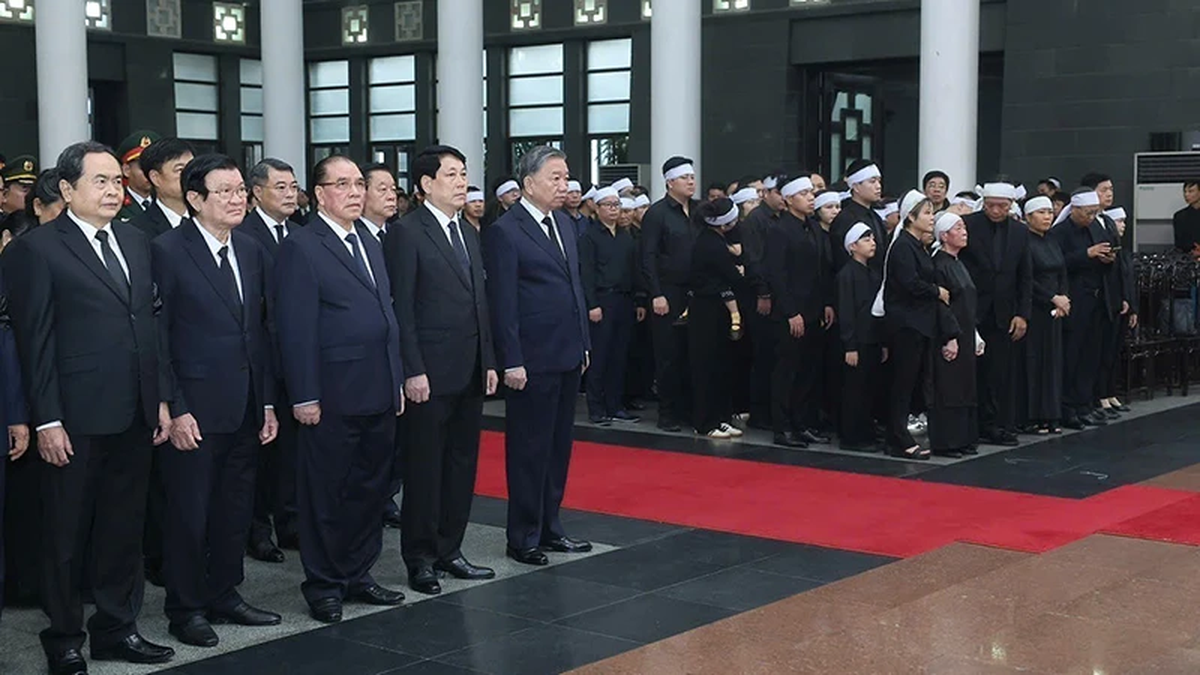
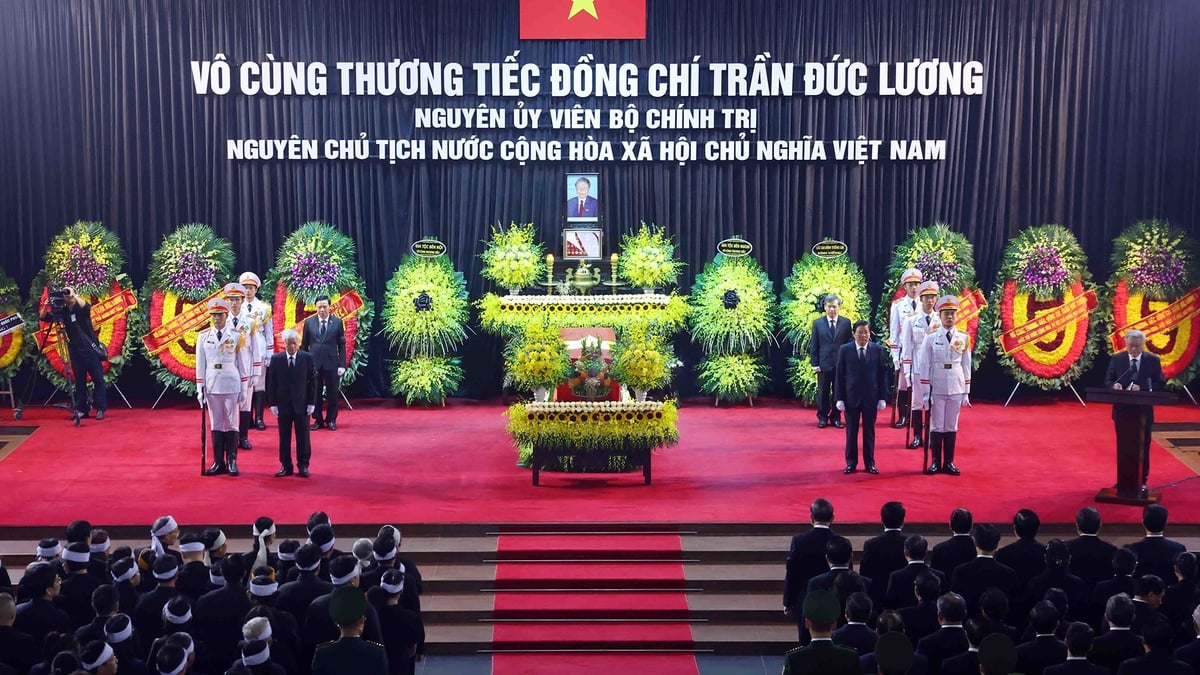
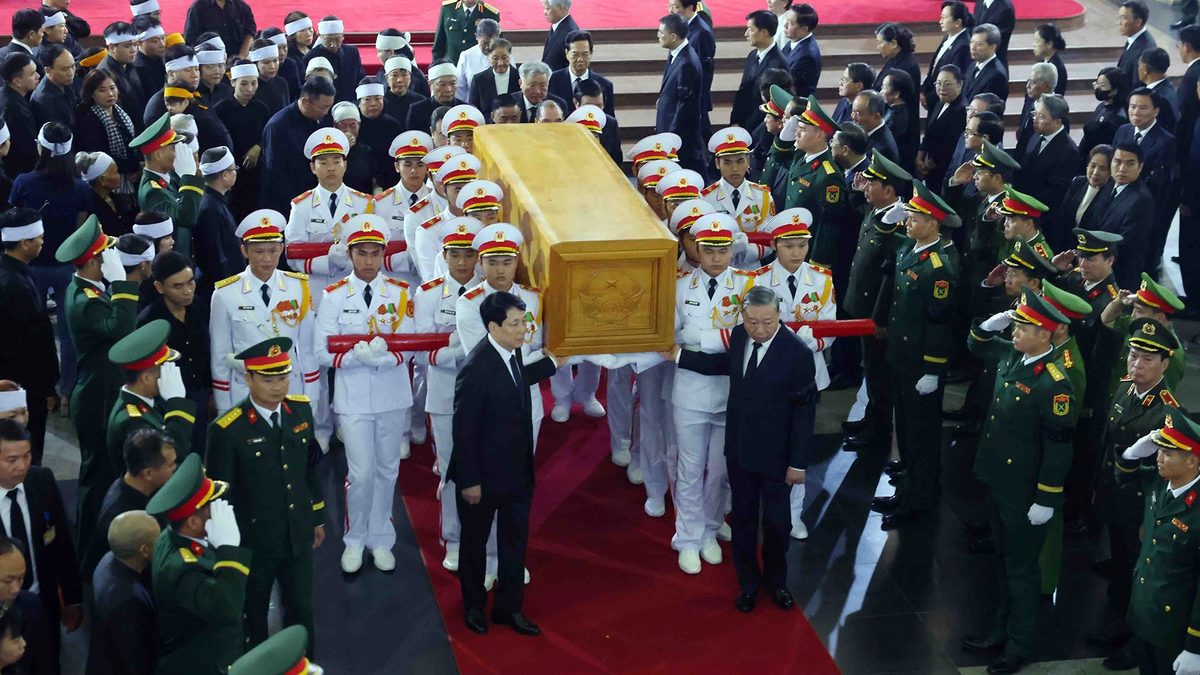
![[Photo] The Government Standing Committee works with ministries and branches on the real estate market situation.](https://vphoto.vietnam.vn/thumb/1200x675/vietnam/resource/IMAGE/2025/5/24/e9b5bc2313d14c9499b8c9b83226adba)
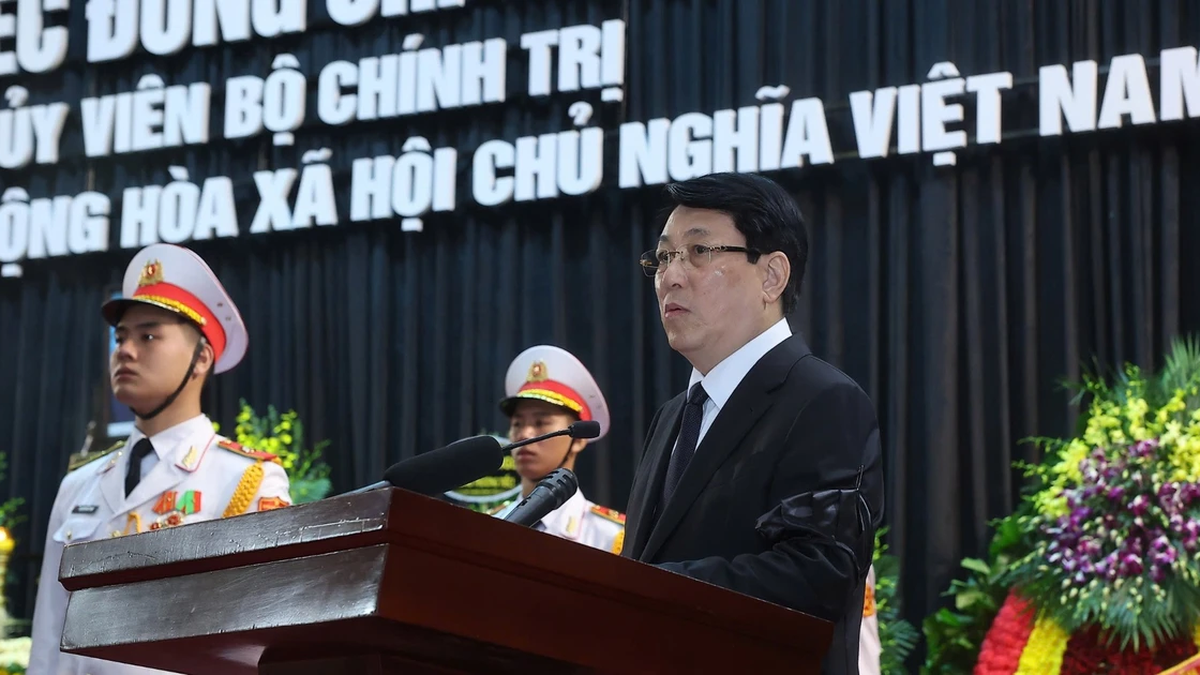
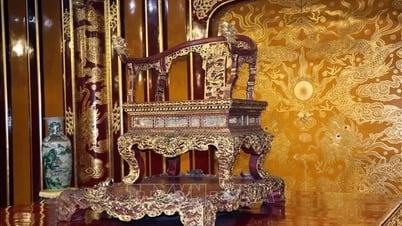



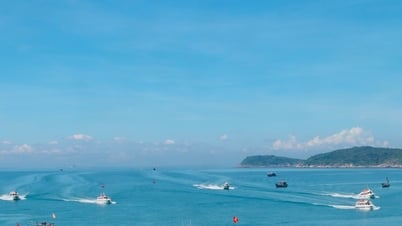

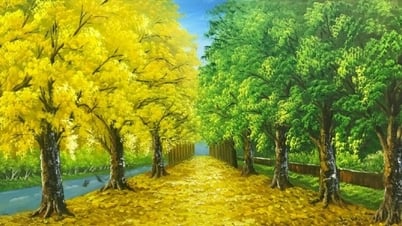
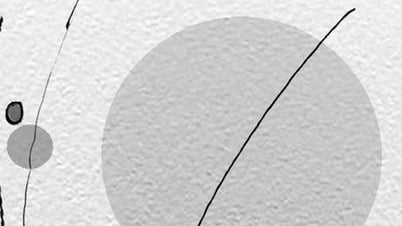
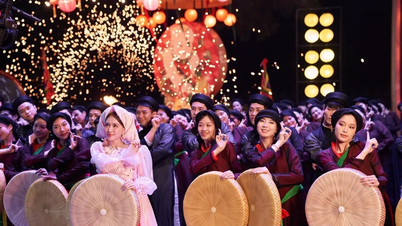





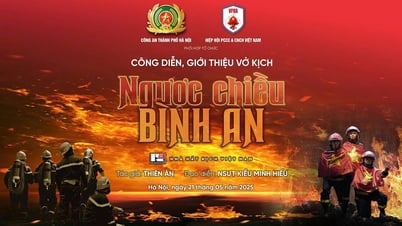
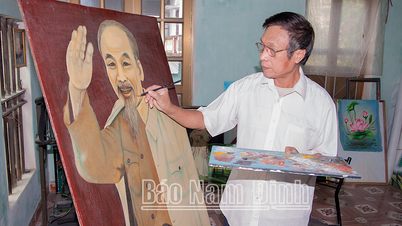
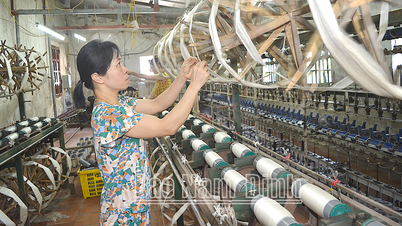
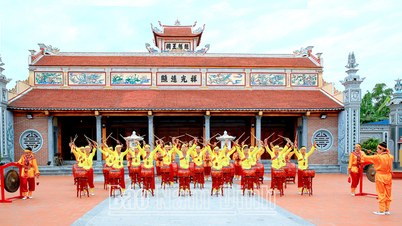
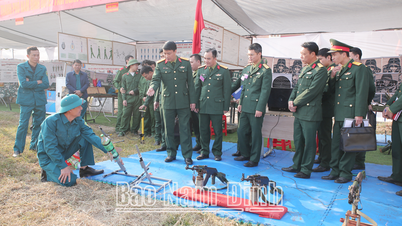
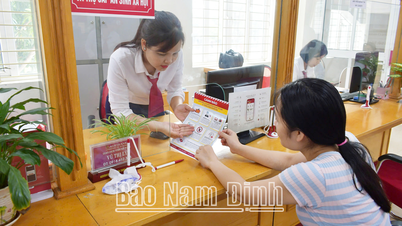
![[Photo] Ho Chi Minh City holds funeral for former President Tran Duc Luong](https://vphoto.vietnam.vn/thumb/1200x675/vietnam/resource/IMAGE/2025/5/24/9c1858ebd3d04170b6cef2e6bcb2019e)
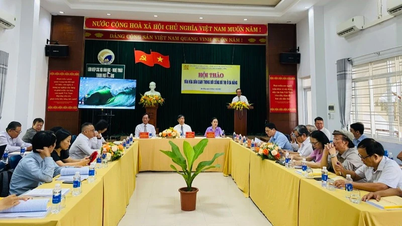











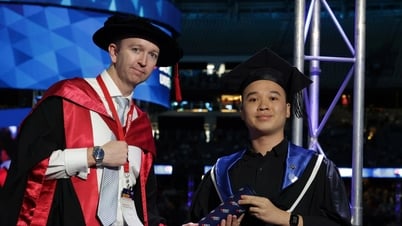



















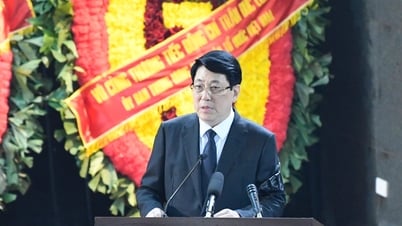
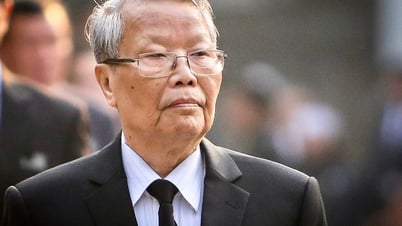
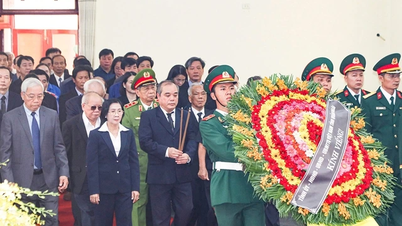
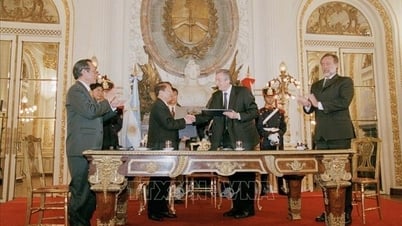

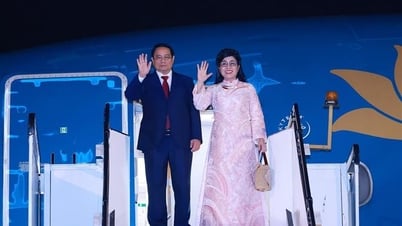







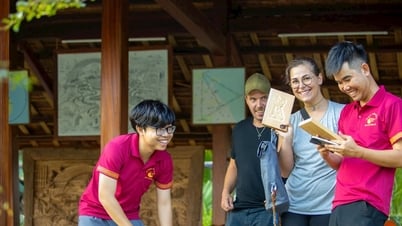
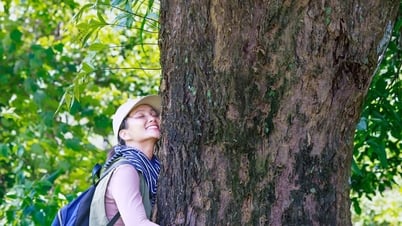
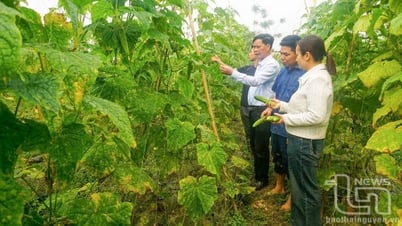

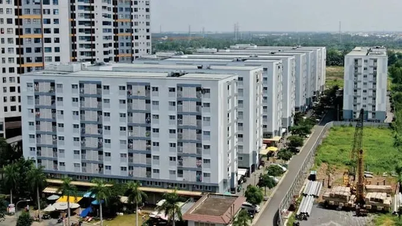

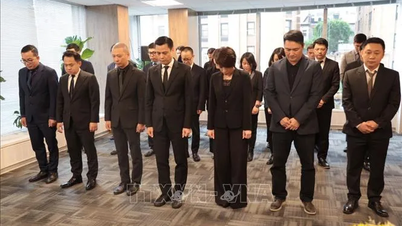
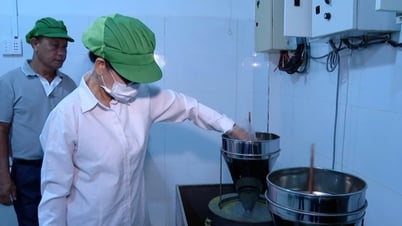











Comment (0)